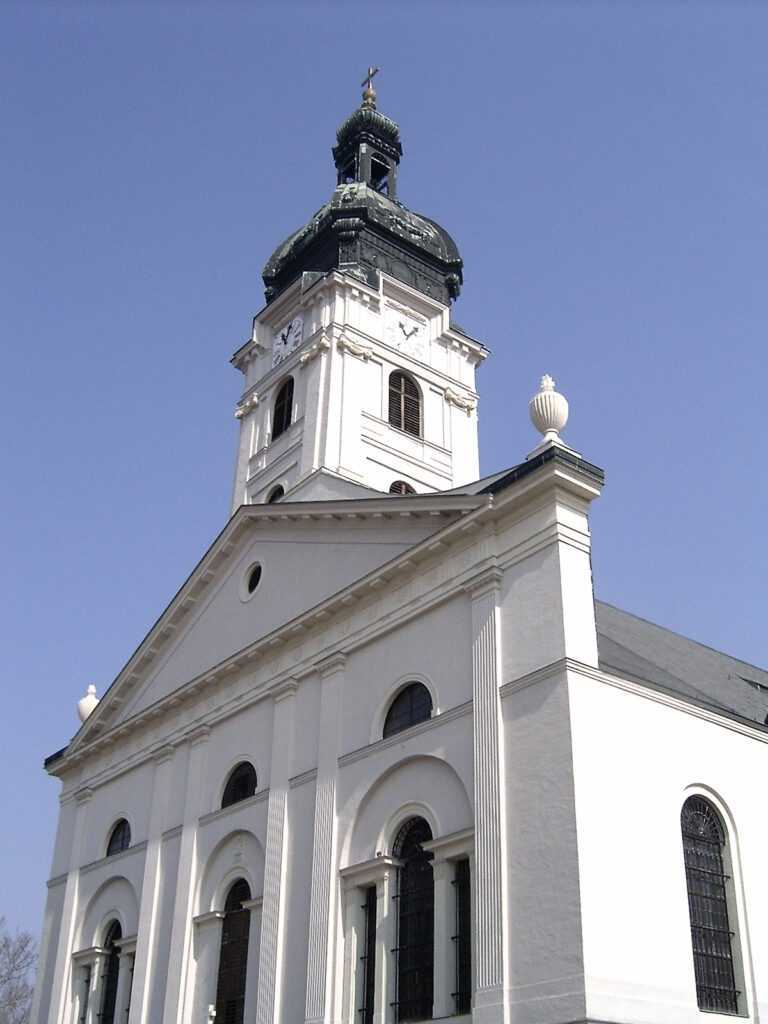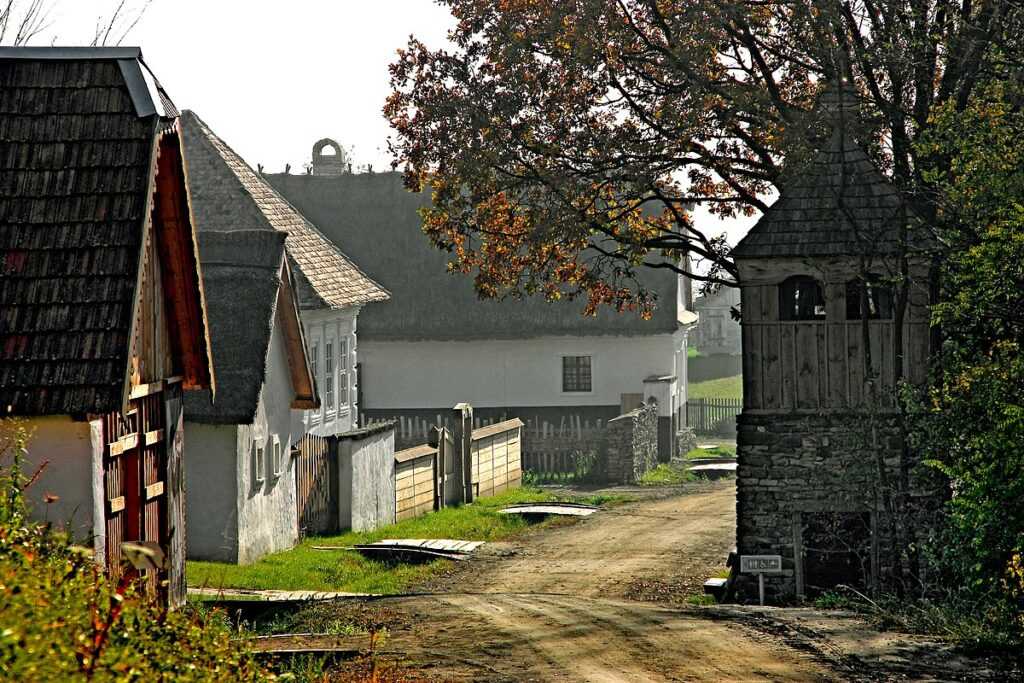Ancient Hungarian architecture began centuries ago when the Hungarian conquerors arrived in the Carpathian Basin. The characteristics of ancient Hungarian architecture can be found in archaeological finds, building ruins, old villages, and towns.
In ancient Hungarian architecture, wood was one of the most important building materials. Hungarians settled in wooded areas, so wood was easily accessible. The wood was carefully processed for most buildings, and we know a lot about the technical processes. For example, the framing, in which the bark of the trees was removed, then circular beams were made, and these beams were connected to each other to form the roof structure.
The architectural style of the Hungarians has changed over time, but one of its most distinctive features is the use of flat-roofed houses. Flat-roofed houses were a great fit for Hungarian history because the use of easily transportable building materials was important due to the early nomadic lifestyle. Flat-roofed houses were easy to dismantle and assemble, so Hungarians could quickly leave their homes and move on if necessary.
Over time, Hungarians also adopted the architectural styles of neighboring peoples, so Romanesque and Gothic architecture also appeared in the country. However, Hungarians still preserved their own architectural characteristics and incorporated them into the surrounding styles.
We can find numerous examples of churches, castles, and towns built in the Middle Ages in Hungary, and these buildings are still impressive today. For example, the Szentendre Skanzen exhibits many characteristics of old Hungarian village life, including straw houses, ovens, and animal shelters.
In ancient Hungary, mainly wood construction was prevalent, but in later periods, elements of stone construction began to appear more and more. In the Árpád era, royal palaces and larger ecclesiastical buildings were already built mostly of stone. However, in the Middle Ages, building with wood was still more common, so smaller buildings, such as peasant houses, huts, and barns, were also mostly made of wood.
Peasant houses were generally single-story, with all aspects of life combined in a single room. The windows and doors mostly faced south to allow as much sunlight as possible into the building. The foundation of the houses consisted of a wooden trough filled with clay. The frame of the buildings was made up of foundation beams laid at ground level and horizontal beams placed between the walls, which were also attached to the roof structure. The roof was covered with tiles or thatched on both sides with a sloping roof.
Medieval stone architecture was mainly limited to larger buildings, such as churches and urban palaces. One of the most significant medieval stone buildings in Hungary is the basilica in Győr, which is one of the country’s largest Romanesque-style buildings. Construction of the building began in the 11th century and was expanded and transformed in the 12th century. The stonemasons used the most advanced technology of the time during the construction of the church, and the carved decorations on the walls also demonstrate the high level of architectural knowledge of the time.
Renátó Romanoczki
Photo above: 1. Skanzen of Szentendrei

Source of imagines: wikipedia.hu
Source: https://hu.wikipedia.org/wiki/Magyarország_építészete
https://www.arcanum.com/hu/online-kiadvanyok/Borovszky-borovszky-samu-magyarorszag-varmegyei-es-varosai-1/abauj-torna-varmegye-es-kassa-2/kassa-D7/regi-epiteszet-jellege-tipikus-hazak-E8/
https://pestbuda.hu/cikk/20200903_a_magyar_epiteszet_rovid_tortenete

